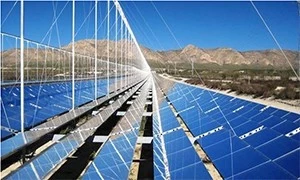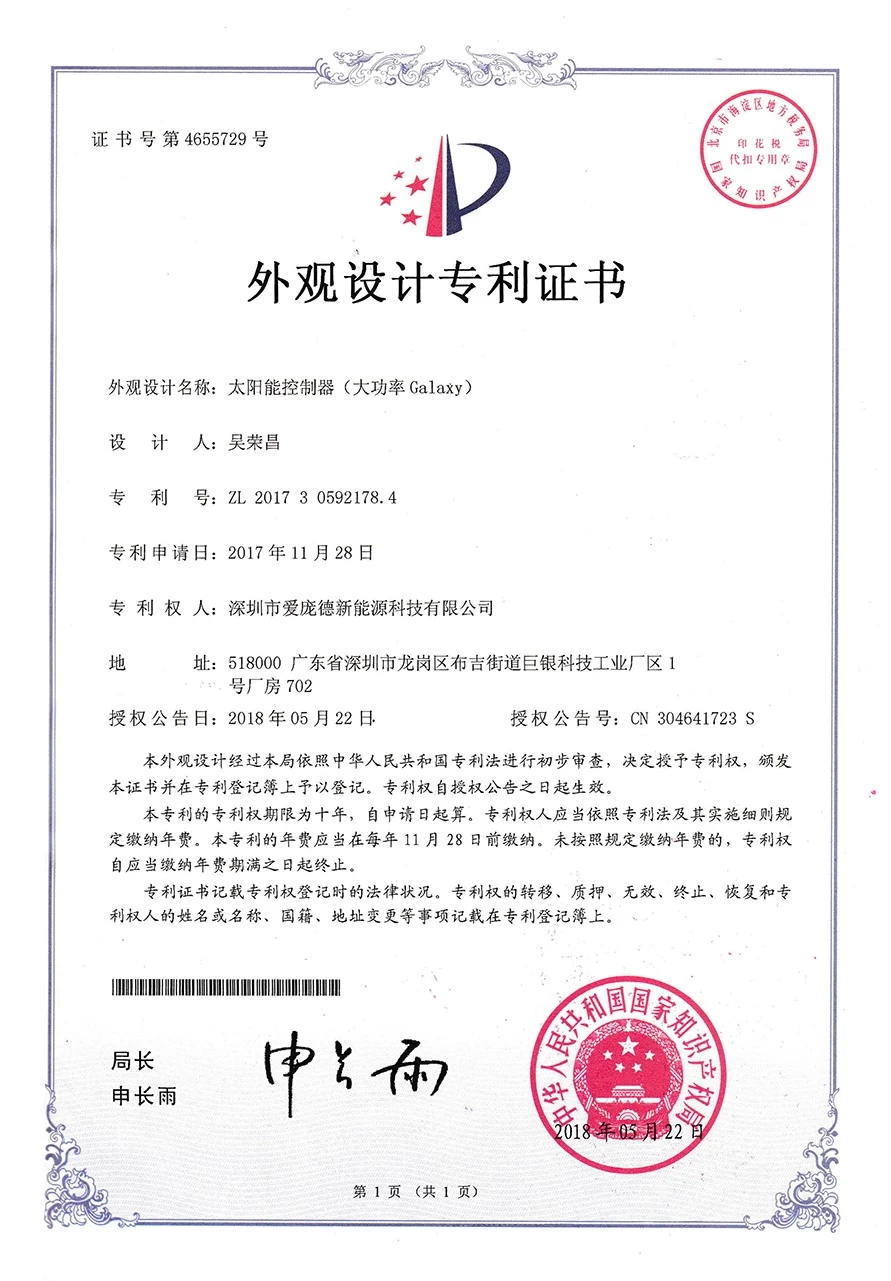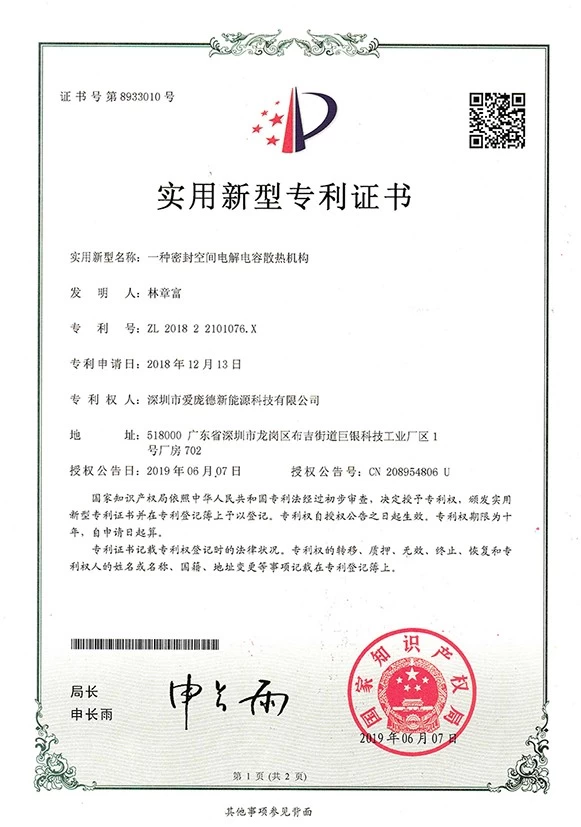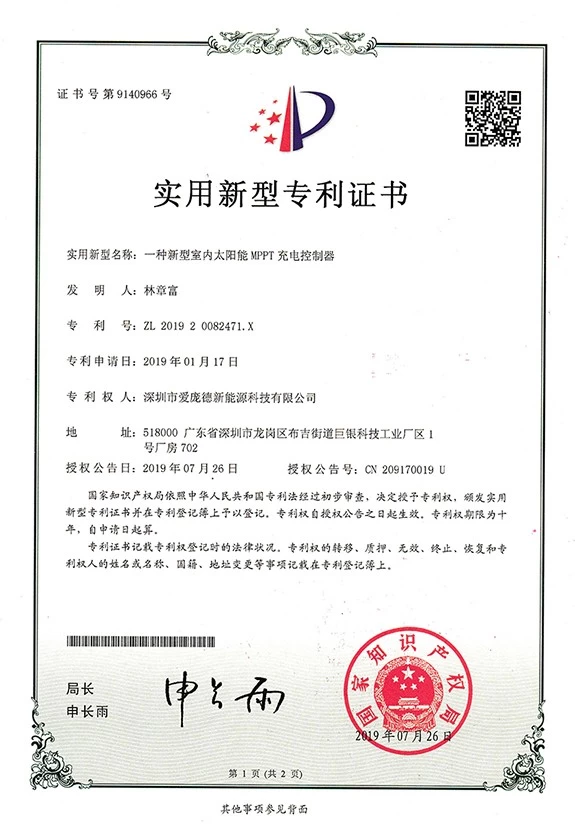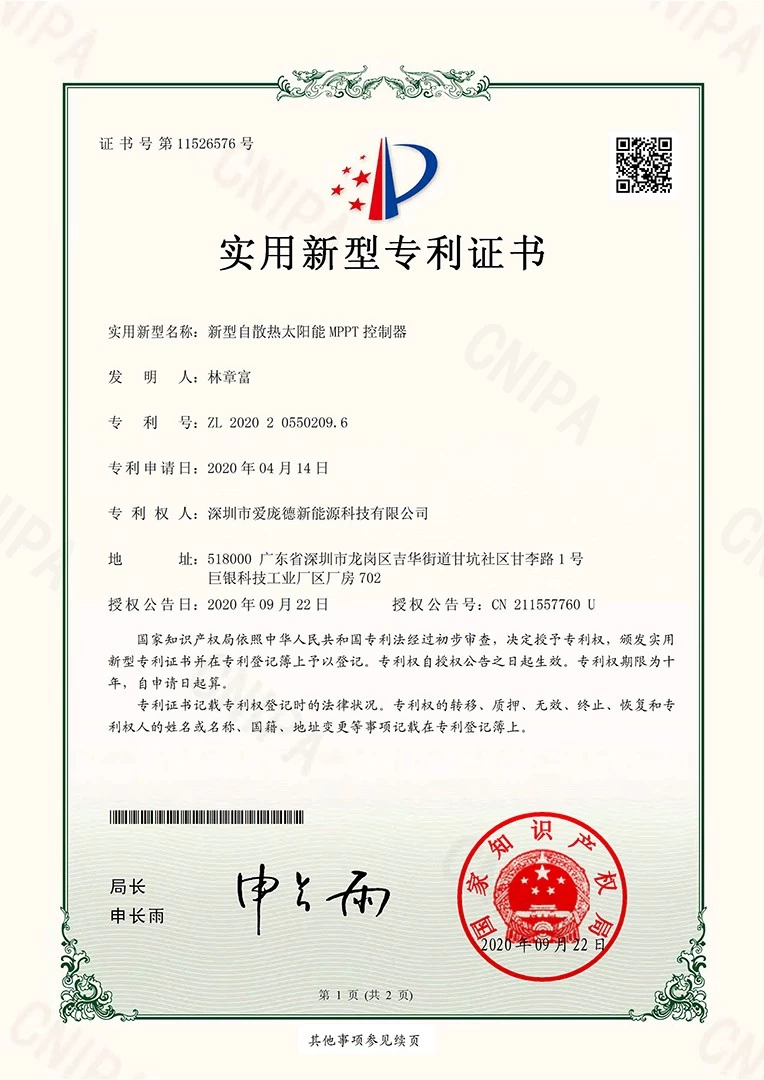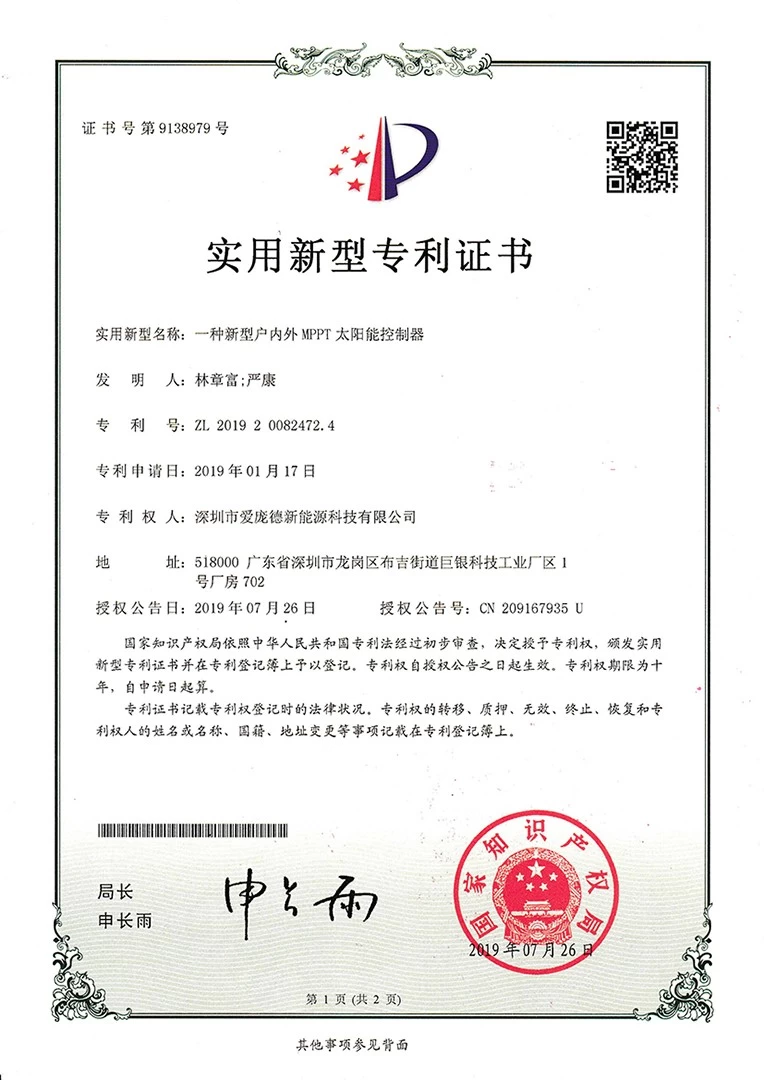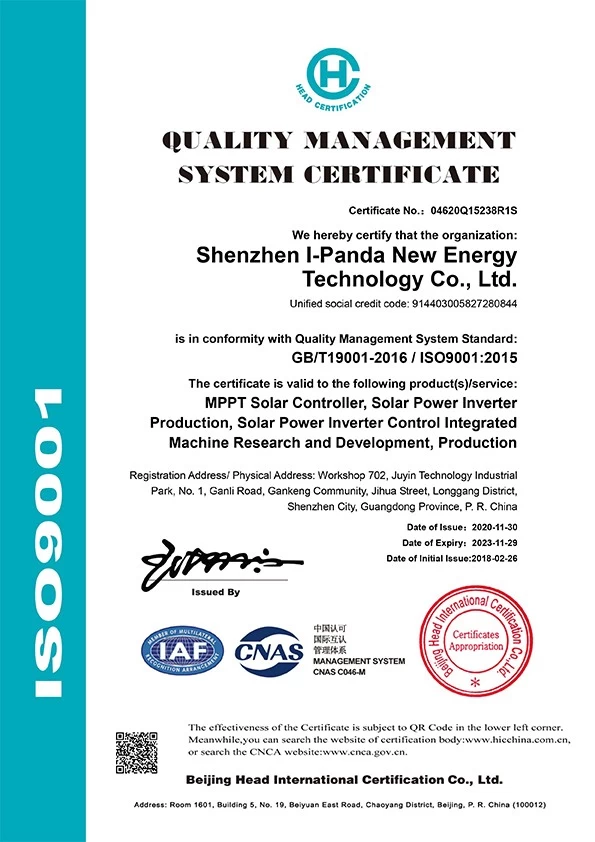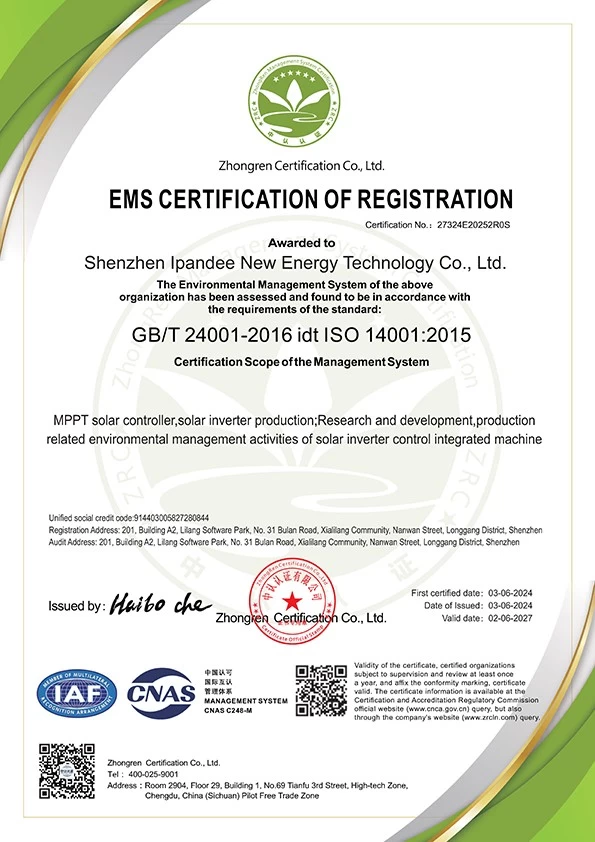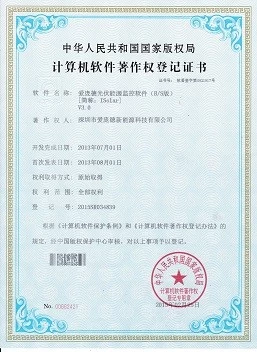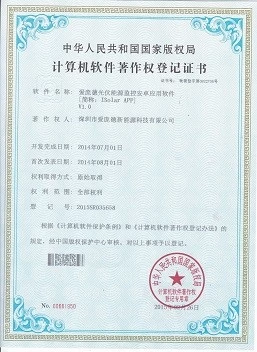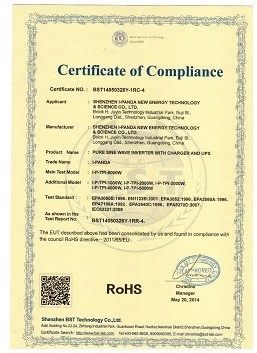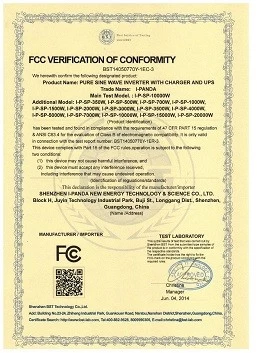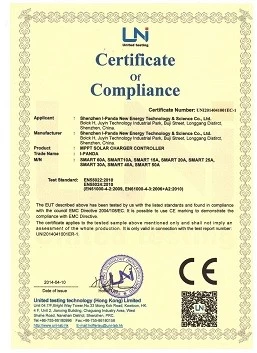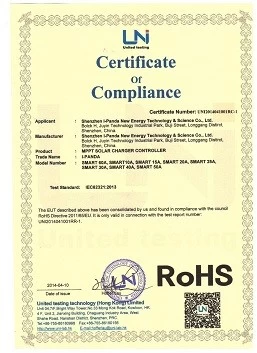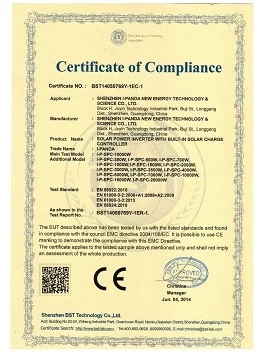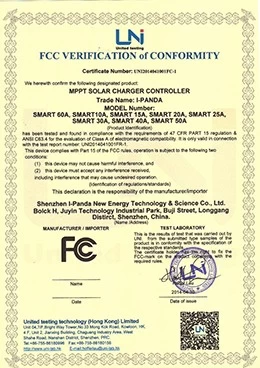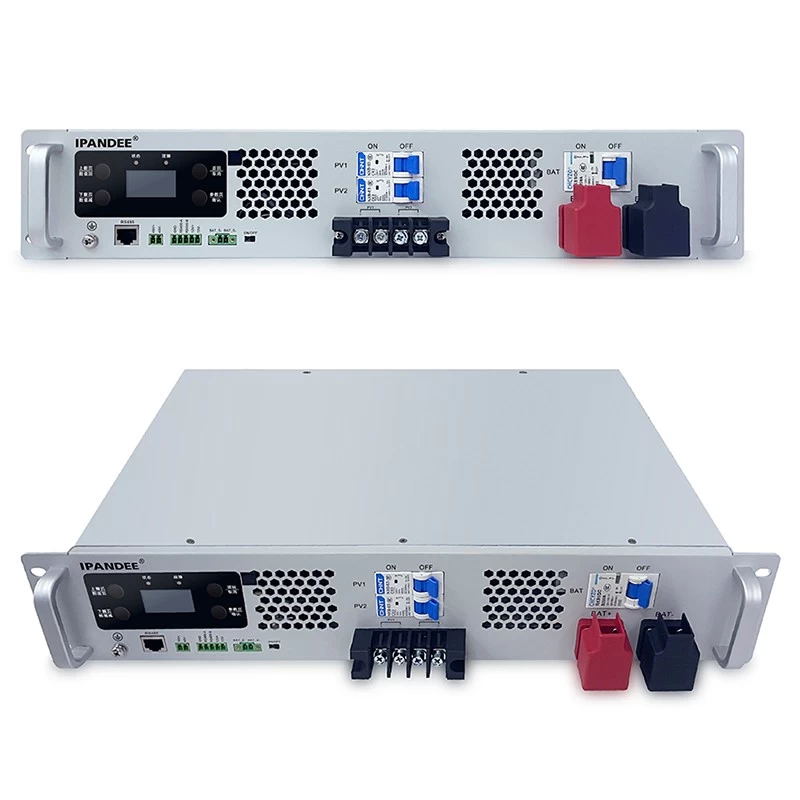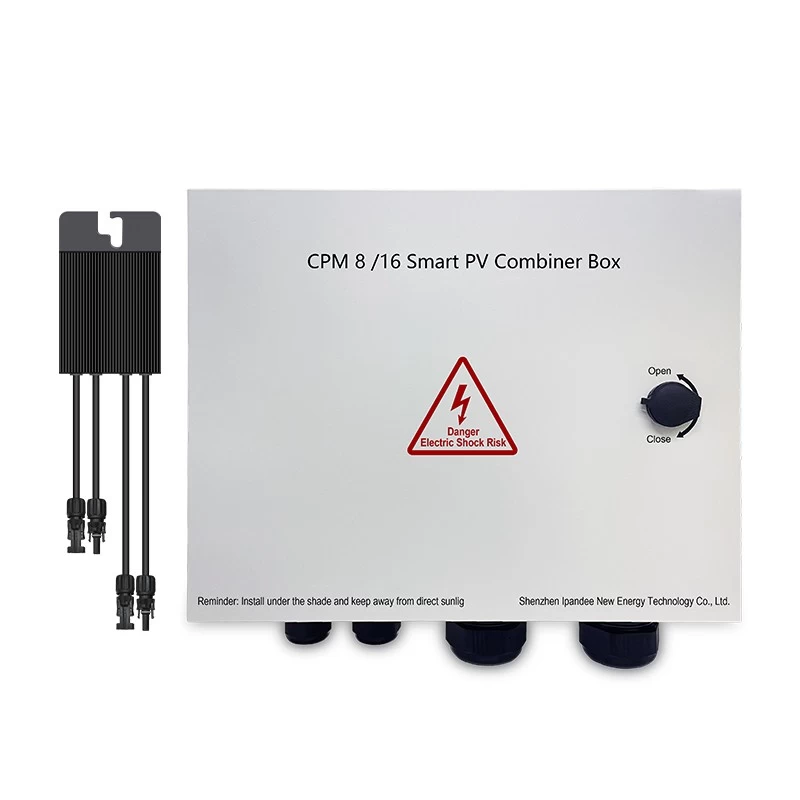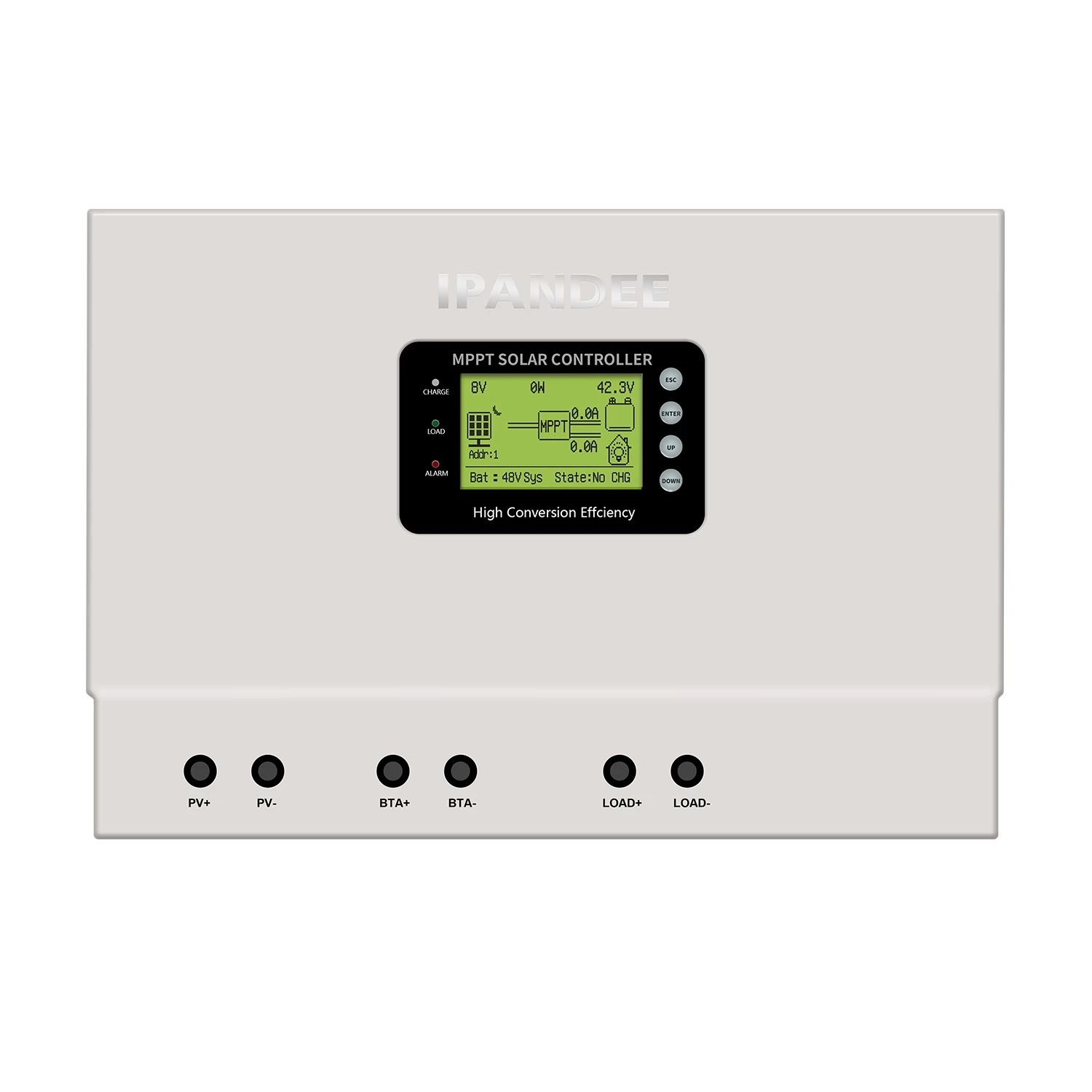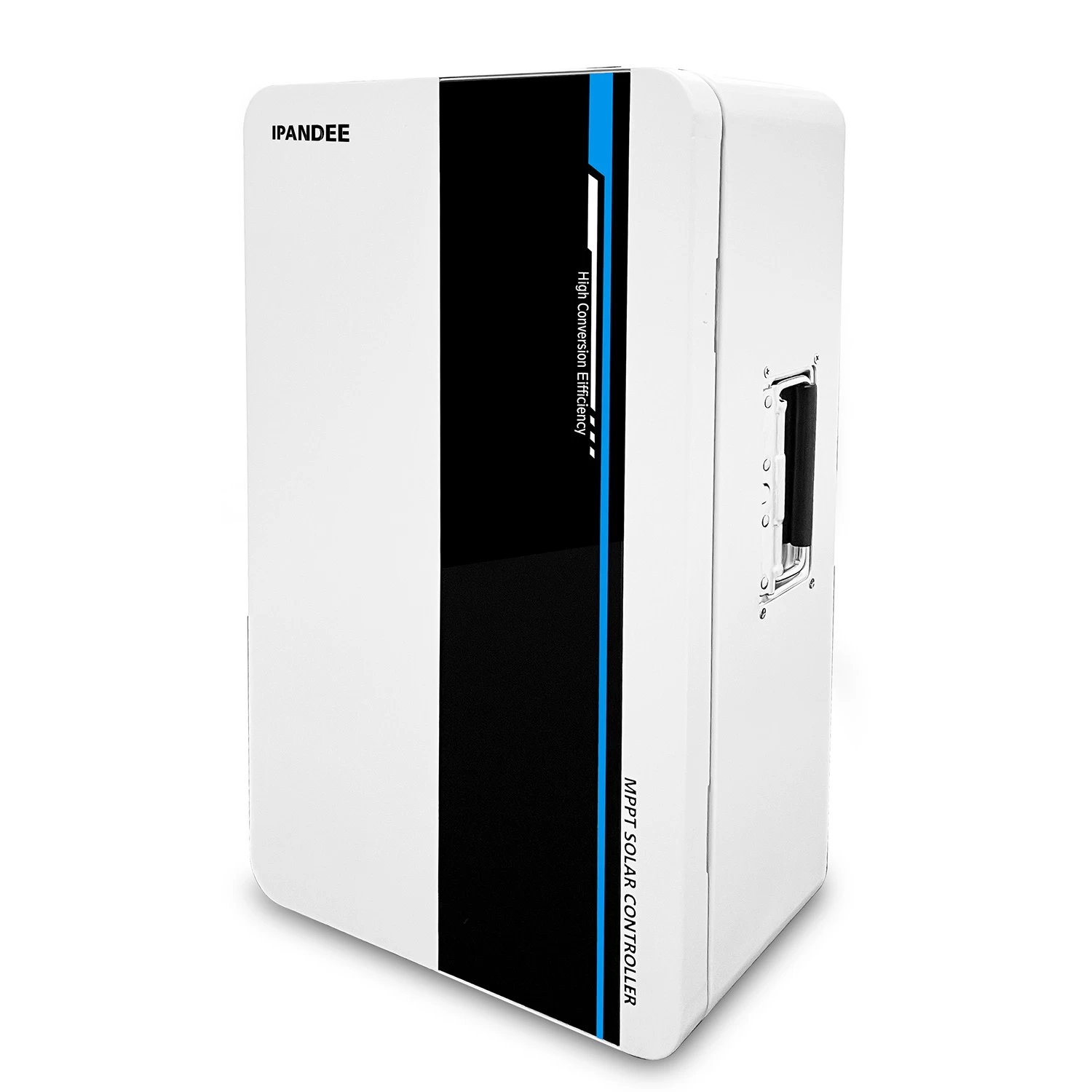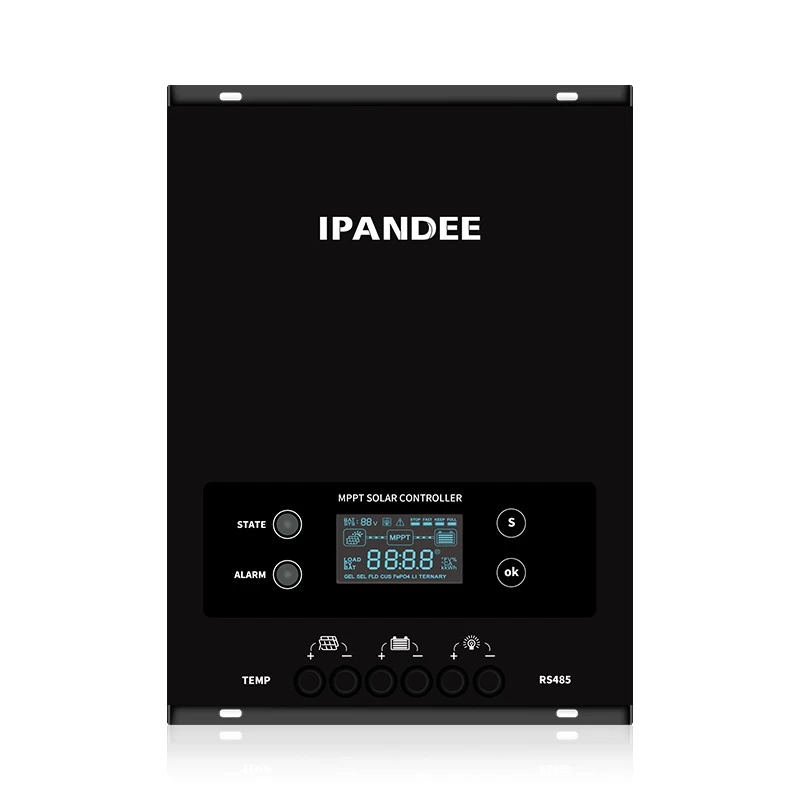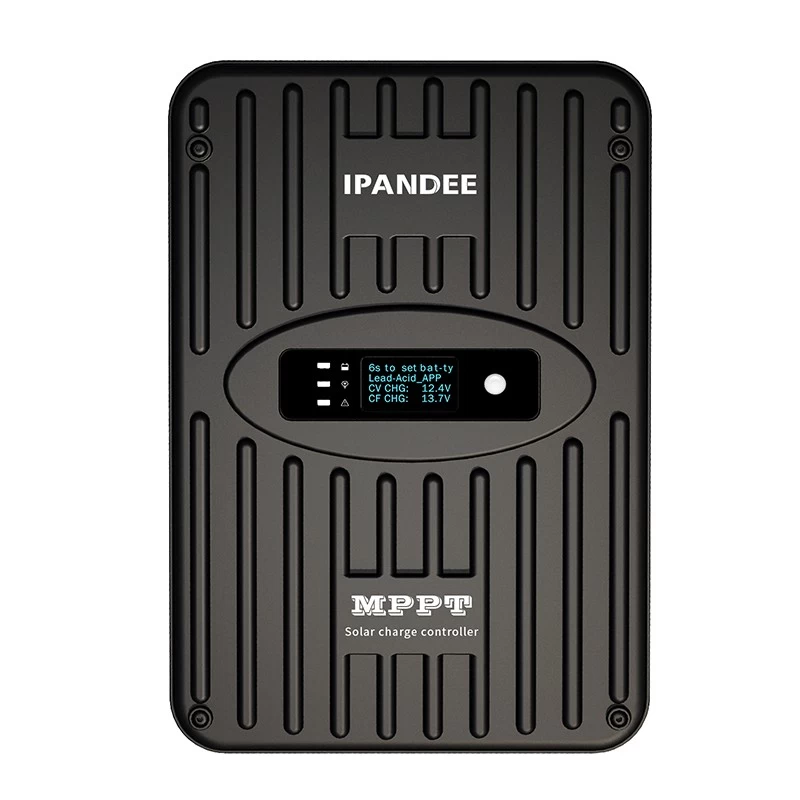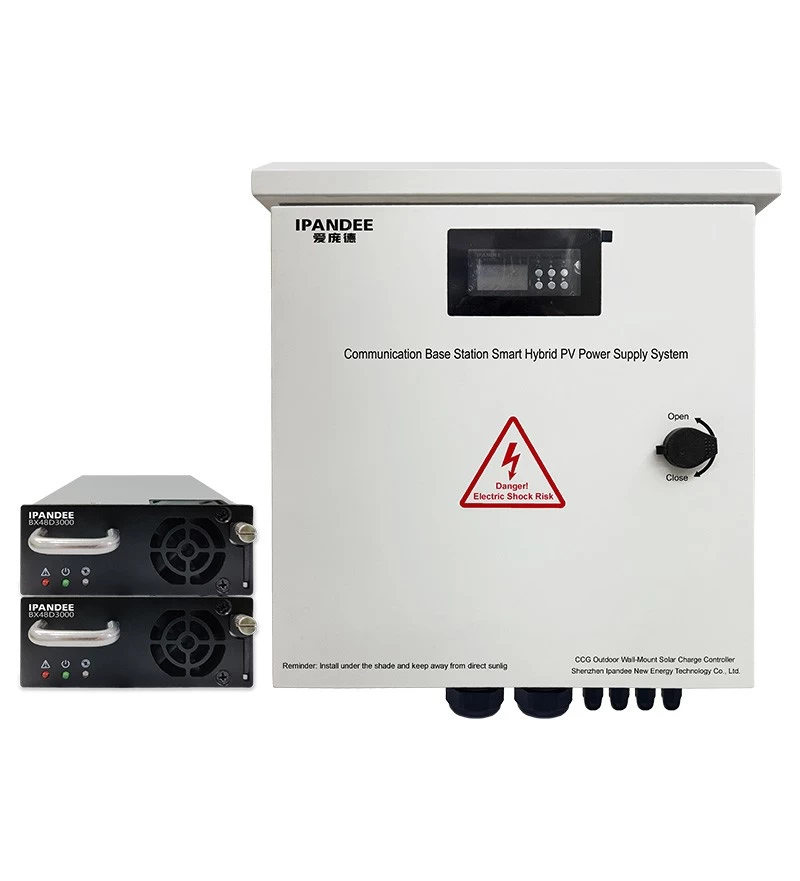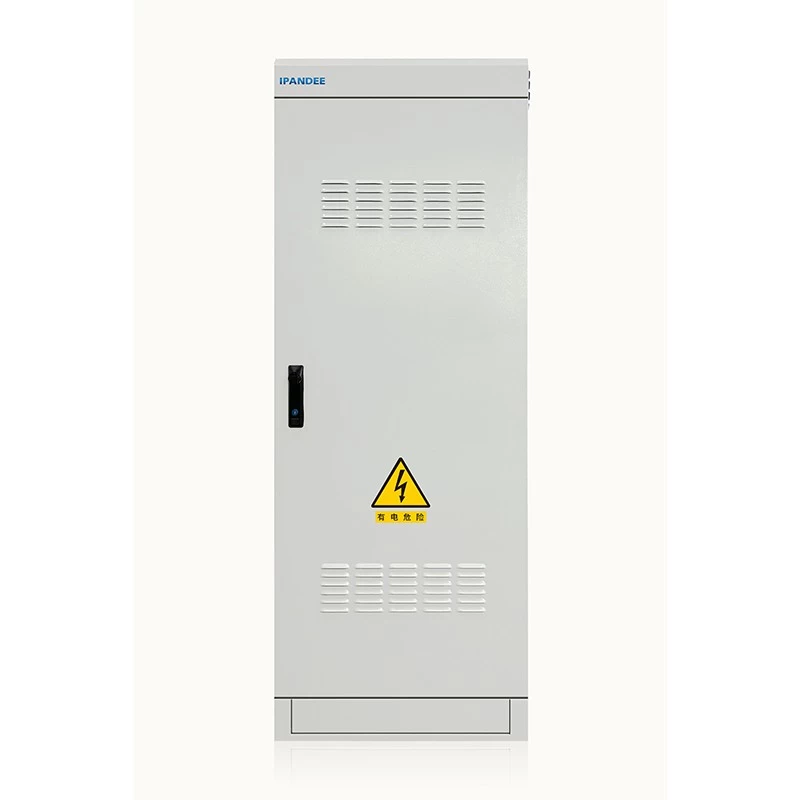Photovoltaic and solar thermal power generation
Han
I-Panda
2018-12-15 09:52:34
Photovoltaic
A photovoltaic panel assembly is a power generation device that generates direct current when exposed to sunlight. It consists of a solid photovoltaic cell made up of almost entirely semiconductor materials such as silicon. Simple photovoltaic cells supply energy to watches and computers. More complex photovoltaic systems provide lighting for houses and traffic lights and monitoring systems, and are integrated into the grid. The photovoltaic panel assembly can be made in different shapes, and the components can be joined to create more electrical energy. Photovoltaic panel assemblies can be used on terraces and exteriors, and even as part of windows, skylights or shelters, which are commonly referred to as photovoltaic systems attached to buildings.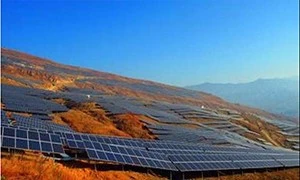
According to the survey, the capacity of the world's top five manufacturers has shrunk due to overcapacity. In 2012, the number of PV module devices will be reduced, which is the first time in more than 10 years. According to an average of 6 analysts at Bloomberg, global home and commercial organizations will install 24.8 GW of PV modules. This is equivalent to the power generation of about 20 nuclear reactors, but it is down 10% compared with the newly added 27.7GW of PV installed capacity. According to estimates by Bloomberg New Energy Finance, the average annual new capacity has increased by 61% since 1999.
Light heat
Modern solar thermal technology polymerizes sunlight and uses its energy to generate hot water, steam and electricity. In addition to using the right technology to collect solar energy, buildings can also take advantage of the sun's light and heat by designing appropriate equipment, such as giant south-facing windows or building materials that absorb and gradually release solar heat.
